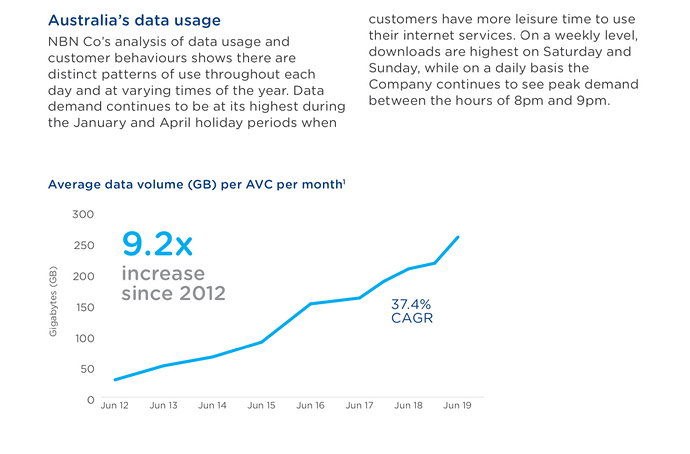It will most likely require an outdoor antenna on the house/building with repeaters or repeater inside to carry the signal, remembering that interior walls and wiring etc will also block a lot of the spread of the signal. If using a car with 5G it will most likely require an external antenna. Skin stops 5G so most obstructions in the way of the signal are going to block it, that is partly why they will need so many towers outside as well as to deal with the distance that 5G works well over.
By Towers here I mean some sort of transceiver to both receive and send 5G signals so could be very small installations but a lot would likely be required.
Increased signal strength won’t make any difference to getting through an effective shield such as a wall, if a signal is blocked then even sensitivity of the devices antennas won’t make a difference either for reception or sending of signals.
Outside, close to the tower/s with unimpeded line of sight you will get great speeds using your 5G device. Anything else will be sub par or non existent over 5G…
From an article on 5G and it’s penetration (https://www.forbes.com/sites/annatobin/2018/05/25/could-5g-have-trouble-penetrating-buildings/)
"5G technology is not without its challenges, however. Significantly, there are two different parts of the radio spectrum that are being used to deliver 5G and one of these frequencies finds it harder to pass through objects, confirms Einbinder. "These are radio frequencies that are similar to current cellular frequencies, this is what is called Sub 6 Gigahertz, and extremely high frequency millimeter wave bands, commonly abbreviated as mmWave. At these frequencies - such as the proposed 28 GHz and 39 GHz - radio behaves differently. These short wavelength mmWaves are much more easily blocked by tree leaves and by your body.
“And, to make matters worse, they are quickly absorbed by the air. That means that even without obstacles, they may only travel less than a kilometer before petering out, whereas conventional frequencies can easily travel several kilometers and often more.”
Thankfully, 5G even in mmWave bands can be made to go pretty much where ever it needs to go, reveals Einbinder, but it’s not a simple or cheap process. “If a mobile provider is building out 5G mmWave services in an area they will need many more cellular base stations,” he says. “Now clearly an operator can’t put up a big cell tower every 1,000 meters. But you can imagine small cells on every tenth utility pole in a neighborhood.”"
 I have adjusted it, I am grateful for the pickup.
I have adjusted it, I am grateful for the pickup.